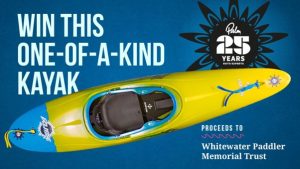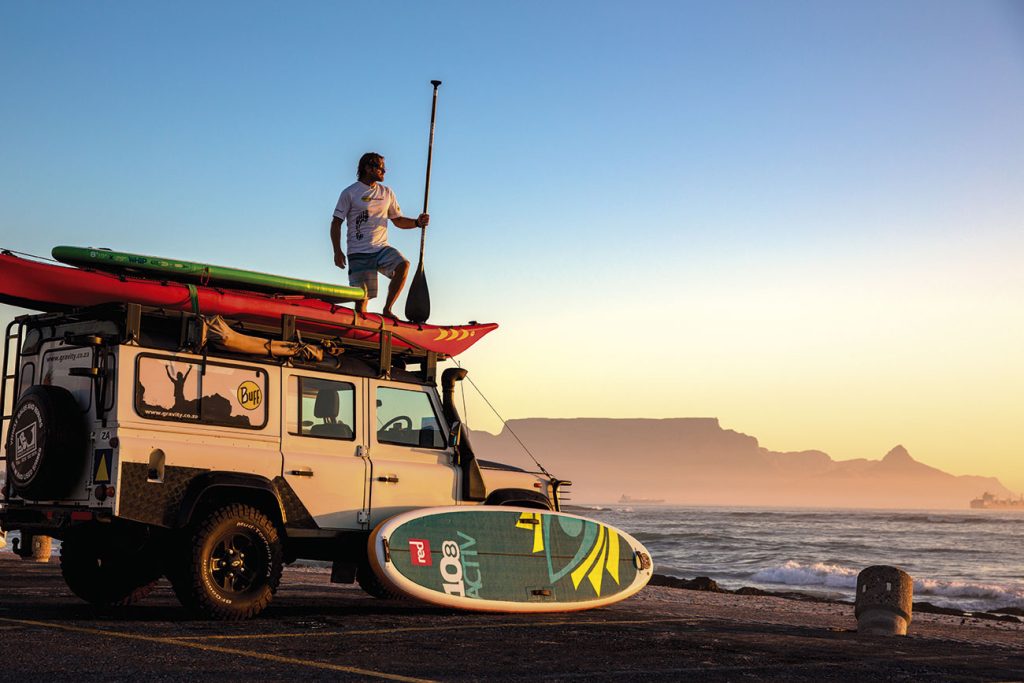
After years of rapid growth, the stand-up paddleboarding market is slowing down. Some companies see this as the end of the boom, but demand isn’t disappearing; SUP remains one of the easiest ways for newcomers to get into paddlesports. Rather than viewing this as a downturn, kayak manufacturers could see an opportunity. By applying their expertise to paddleboarding gear, they can not only expand their market reach but also strengthen their presence in the broader paddlesports industry.
The SUP industry has seen significant fluctuations in recent years. After a period of rapid growth when it seemed like everyone was grabbing a board and hitting the water, the industry is now experiencing a serious slowdown. Manufacturers, even those with strong initial positions, are struggling with reduced demand, oversupply, and shrinking profit margins. SUP board manufacturers are not the only ones feeling the effects.
“The bubble seems to have burst in the SUP market. We are experiencing low sales volumes and little interest in SUP-specific products right now, despite developing some nice lines especially for the discipline.” – Pete Astles, Peak PS
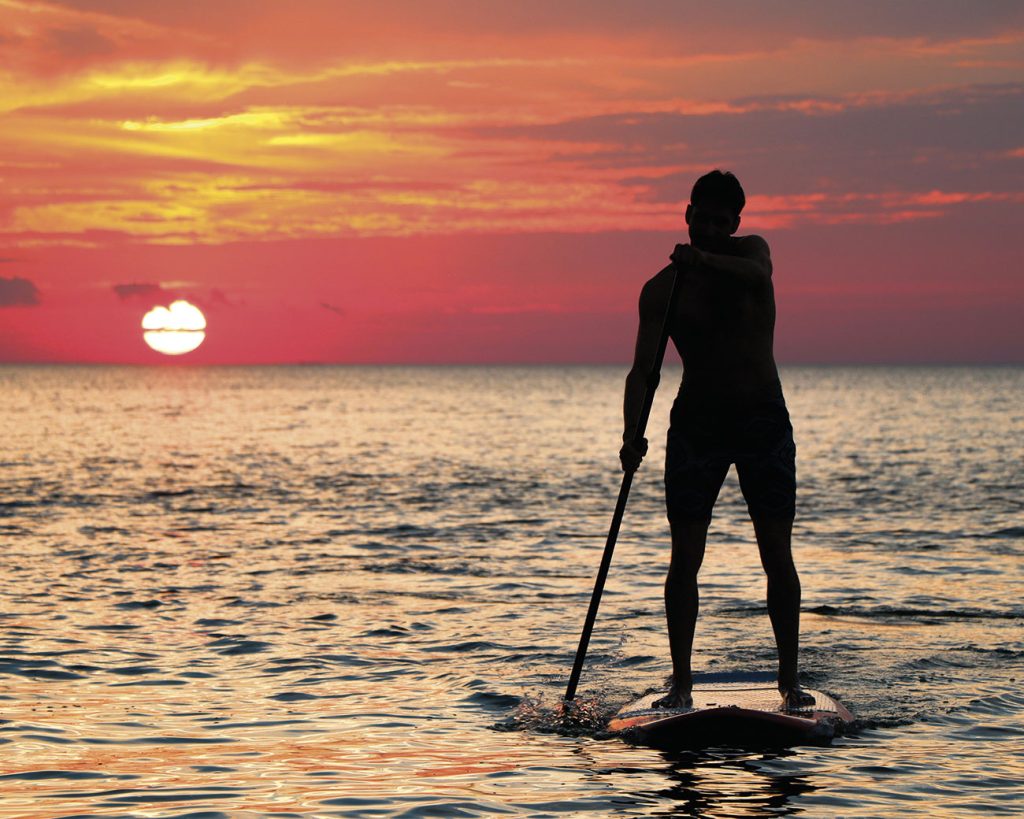
Astles suspects this is partly due to the boom through Covid, followed by the subsequent oversupply of inventory in the marketplace, and recent economic conditions. Yet, he remains optimistic: “Fingers crossed we’ll see growth again soon.”
Rather than seeing this as a reason to step away, traditional canoe and kayak manufacturers can recognise this shift as an opportunity to step in. The post-boom period is a chance for brands with a long-term vision to bring quality, safety, and innovation to the paddleboarding market, rather than competing in an oversaturated one.
One of the key reasons paddleboarding initially boomed is its accessibility. Unlike kayaking or canoeing, which require more equipment and technical skills, stand-up paddleboarding is easy to pick up. That same accessibility ensures SUP will continue to attract casual paddlers, fitness enthusiasts, and families looking for a simple way to get on the water. Notably, the fitness market, much like the rise of surf skiing, is expanding rapidly, offering a visually appealing and accessible way to stay active. For traditional paddlesports manufacturers, the current situation presents an opportunity to expand into the SUP sector, and there are various reasons they should consider stepping in.
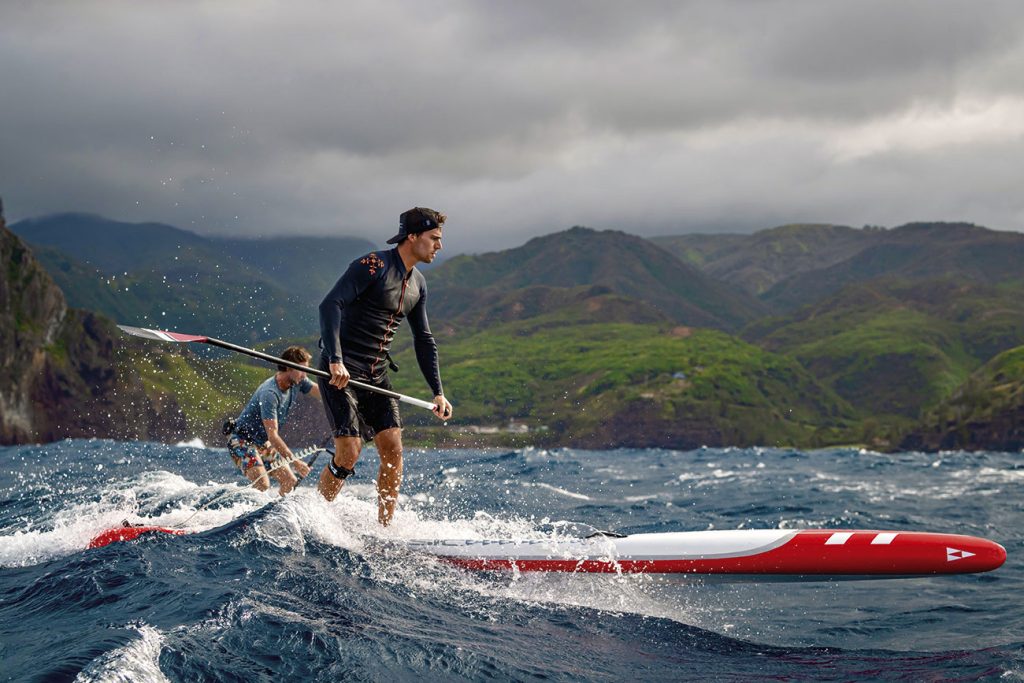
First, expanding into paddleboarding isn’t a major leap. The skills required to produce SUP gear align closely with those already present in kayak and canoe manufacturing. Many materials, design principles, and production techniques overlap. Manufacturers can diversify their portfolio by offering SUP-specific gear or adapting existing lines, such as lifejackets, neoprene pants, or leashes.
Beyond adding another product to their lineup, manufacturers entering the SUP market can build a more interconnected product ecosystem. A consumer who starts with an entry-level paddleboard may later transition to a recreational kayak or touring canoe. Cross-promoting essential gear such as paddles, PFDs, and technical apparel can increase brand loyalty and encourage repeat sales. Once a brand establishes itself in the SUP sector, it creates a pathway for consumers to explore other paddlesports under the same brand umbrella.
Expanding into the SUP market also opens up new retail possibilities. Many lakeside and coastal shops primarily stock beginner-friendly watersports equipment, which may not include kayaks or canoes. By offering a SUP line, manufacturers can more easily enter these spaces, establishing relationships with retailers, outfitters, and rental businesses. Retailers that previously focused on surfboards or casual boating equipment may be more inclined to stock kayaks, canoes, and apparel once they have a SUP line from the same brand.
Another compelling reason is safety. Many newcomers underestimate the importance of proper equipment, often seeing paddleboarding as a casual, no-gear-needed activity. By featuring PFDs in ads and developing SUP-specific safety gear, manufacturers can shift perceptions and encourage better practices.
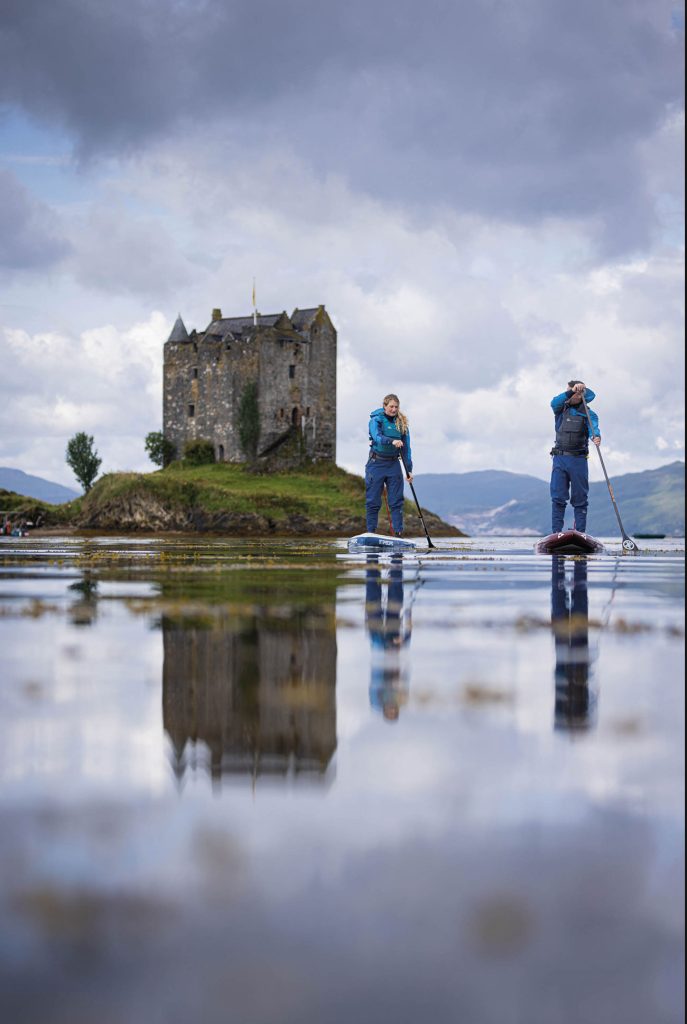
“Working closely with the [SUP] community has been both challenging and rewarding. We’ve used our expertise to develop better waist leash systems and a slimline PFD with an integrated chest belt. But it’s not just about the gear—it’s about spreading awareness, especially among beginners.” – Paul Robertson, Palm Equipment
By bringing their expertise from kayaking, manufacturers can help shape a culture that values safety, making SUP more sustainable in the long run.
Finally, consumer perception of paddlesports is shifting. While brands often categorise kayaking, canoeing, and stand-up paddleboarding as distinct disciplines, many consumers see them simply as different ways to get on the water. This merging of disciplines creates opportunities for cross-industry innovation and product diversification. Traditional paddlesports brands can position themselves as full-service providers, offering multiple entry points for newcomers and retaining them as they explore related activities. Diversification has to be strategic. A brand that tries to do everything risks spreading itself too thin. But every company can find something valuable to bring to the SUP market and, in turn, gain something from it.
While the SUP boom may be over, paddleboarding is far from fading. Its appeal remains strong, driven by accessibility and ease of use. The initial hype may have passed, but the potential remains—and those who recognise it now will be best positioned for the future.



